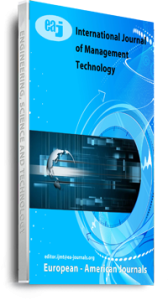Fraud prevention in financial transactions has become increasingly critical as digital payment methods proliferate and cybercriminals employ more sophisticated techniques. Traditional rule-based systems, while still in use, often fall short in detecting complex and evolving fraud patterns. Machine Learning (ML) approaches offer a robust alternative, providing dynamic and adaptive solutions to enhance fraud prevention. This abstract explores various ML techniques employed in the financial sector to mitigate fraud risks. Supervised learning models, such as logistic regression, decision trees, and neural networks, are widely used for fraud detection. These models are trained on historical transaction data to recognize patterns indicative of fraudulent activities. Once trained, they can classify new transactions as either legitimate or suspicious with high accuracy. Unsupervised learning techniques, including clustering and anomaly detection, are particularly useful for identifying novel fraud types. By grouping similar transactions or detecting outliers, these models can uncover unusual patterns that may signal fraudulent behavior, even in the absence of labeled data. Deep learning, a subset of ML, has shown significant promise in fraud prevention. Convolutional Neural Networks (CNNs) and Recurrent Neural Networks (RNNs) can analyze sequential data and capture intricate patterns over time, enhancing the detection of sophisticated fraud schemes. Natural Language Processing (NLP), another advanced ML technique, is employed to analyze textual data such as transaction descriptions and communications, identifying suspicious language that may indicate fraud. The integration of ML in fraud prevention systems offers several benefits. Real-time transaction monitoring powered by ML algorithms can provide instantaneous alerts, enabling financial institutions to respond swiftly to potential fraud. Predictive analytics allows for proactive fraud prevention by forecasting potential fraud hotspots and implementing preventive measures. Additionally, ML models improve continuously as they process more data, becoming increasingly adept at identifying emerging fraud patterns. Despite its advantages, implementing ML for fraud prevention presents challenges, including ensuring data privacy, managing the quality and diversity of training datasets, and addressing the interpretability of complex models. Nevertheless, the continued advancement and integration of ML in financial transactions promise to significantly bolster fraud prevention efforts, providing a dynamic, scalable, and effective defense against financial fraud.
Keywords: machine learning; approaches; enhancing; fraud prevention; financial transactions

